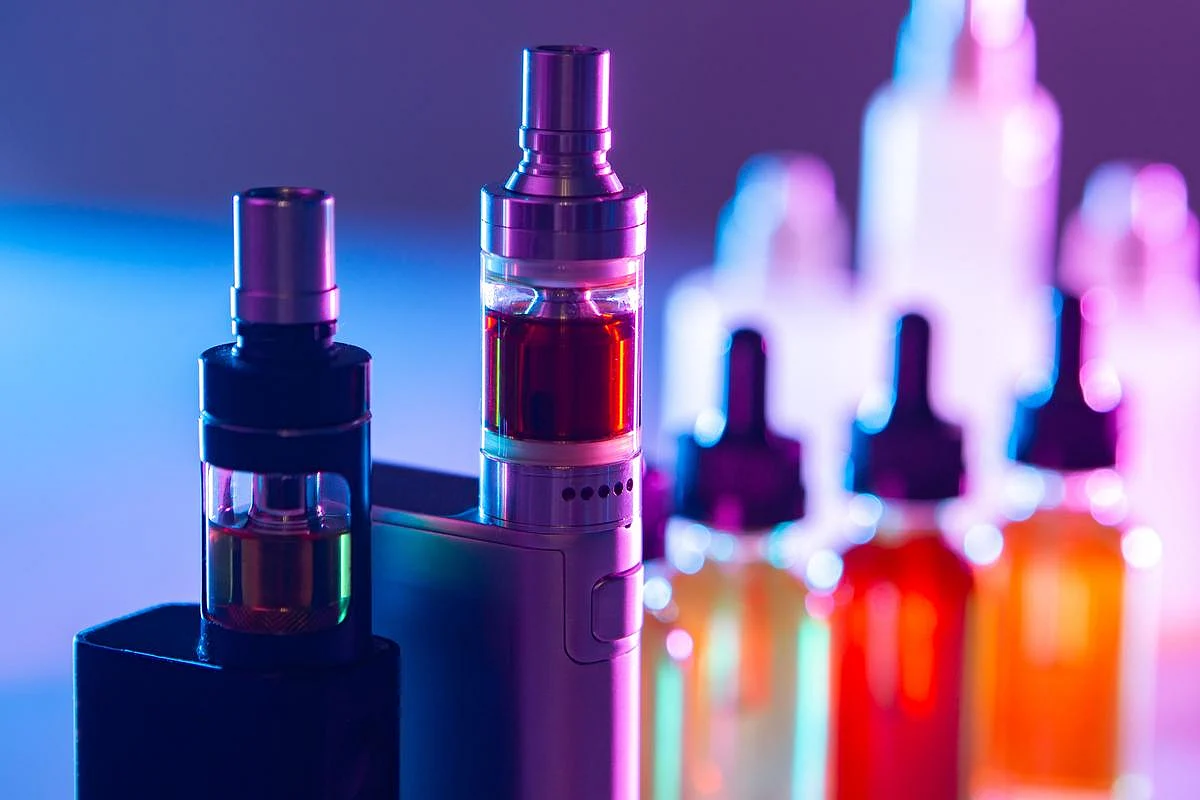Prevalence of delta-9-tetrahydrocannabinol, cannabidiol, and synthetic cannabinoids vaping higher for girls than boys
By Elana Gotkine HealthDay Reporter
WEDNESDAY, July 9, 2025 (HealthDay News) — Adolescent vaping of delta-9-tetrahydrocannabinol, cannabidiol, and synthetic cannabinoids increased significantly from 2021 to 2023, according to a study published online June 30 in the American Journal of Preventive Medicine.
Jack Chung, from The University of Queensland in St. Lucia, Australia, and colleagues used data from three National Youth Tobacco Survey waves for the years 2021, 2022, and 2023, which included 69,899 U.S. middle and high school students (aged 11 to 18 years) to examine the current vaping prevalence of delta-9-tetrahydrocannabinol, cannabidiol, and synthetic cannabinoids.
The researchers found that from 2021 to 2023, there was a significant increase in adolescent vaping of delta-9-tetrahydrocannabinol, cannabidiol, and synthetic cannabinoids. Vaping of delta-9-tetrahydrocannabinol peaked in 2022, while the increase in use of synthetic cannabinoids continued. An estimated 7.4, 2.9, and 1.8 percent of U.S. adolescents were currently vaping delta-9-tetrahydrocannabinol, cannabidiol, and synthetic cannabinoids, respectively, in 2023. A higher prevalence of delta-9-tetrahydrocannabinol, cannabidiol, and synthetic cannabinoids vaping was seen among girls than boys in 2023, while the prevalence of delta-9-tetrahydrocannabinol and synthetic cannabinoids vaping doubled between 2021 and 2023 among those aged 11 to 13 years.
“One of the most unexpected findings from our study was the continued rise in adolescent use of synthetic cannabinoids,” Chung said in a statement. “The growing popularity of synthetic cannabinoids among youth raises serious concerns about potential health risks and highlights the urgent need for targeted public health interventions and regulatory oversight.”
Copyright © 2025 HealthDay. All rights reserved.







